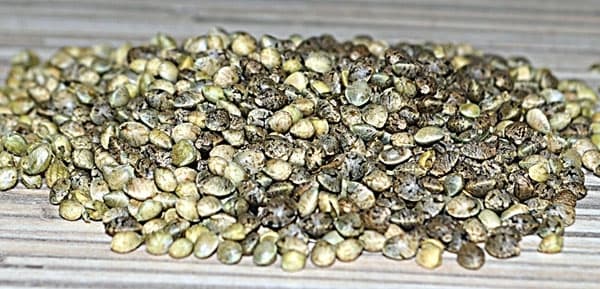In the latest several years, the cultivation of hashish has emerged as a major agricultural endeavor, specifically in Canada, the place progressive laws has paved the way for a burgeoning sector. Amidst this growth, the adoption of autoflowering cannabis seeds stands out as a sustainable and environmentally pleasant technique to cultivation. In this write-up, we delve into the ecological strengths of cultivating autoflowering hashish in Canada, highlighting its function in minimizing drinking water intake, lowering electricity use, and reducing carbon emissions as opposed to common agricultural procedures.
Being familiar with Autoflower Cannabis Cultivation
Autoflowering cannabis crops are a marvel of nature’s adaptability. Contrary to common hashish types, which depend on variations in daylight to bring about flowering, autoflowering strains instantly transition from vegetative expansion to flowering immediately after a predetermined period, commonly 2-four months. This exclusive trait, derived from Cannabis ruderalis genetics, gives several environmental advantages when cultivated in Canada’s various climates.
Reduced H2o Use
H2o shortage is a rising problem globally, and agriculture is a major contributor to water depletion. Regular cultivation approaches frequently entail intensive irrigation systems to maintain plant progress, especially in regions with arid or semi-arid climates. In contrast, autoflowering cannabis needs substantially a lot less drinking water all through its lifecycle.
More hints have shorter vegetative phases compared to their photoperiod counterparts, resulting in diminished drinking water needs through this crucial expansion stage. Moreover, their compact dimension and accelerated expansion charge help cultivators to employ water extra proficiently, reducing wastage and conserving useful assets. In a region like Canada, wherever h2o conservation is paramount, the adoption of autoflowering hashish cultivation can lead to sustainable drinking water management practices.
Lessen Power Utilization
Energy use is yet another crucial thing to consider in contemporary agriculture, with traditional indoor cultivation procedures typically relying closely on synthetic lights, heating, and air flow units. These electrical power-intensive functions contribute to greenhouse gasoline emissions and environmental degradation. Autoflowering hashish cultivation provides a extra vitality-successful substitute, particularly in Canada’s northern regions in which indoor expanding is frequent thanks to harsh winters.
The rapid flowering cycle of autoflowering plants lowers the length of synthetic lighting required for exceptional growth. This interprets to decrease energy usage and lessened reliance on fossil gasoline-derived strength sources. Additionally, the compact dimension of autoflowering vegetation makes it possible for for more productive use of indoor room, additional optimizing energy utilization. By reducing the ecological footprint linked with power-intense cultivation tactics, autoflower cannabis cultivation aligns with Canada’s dedication to transitioning in the direction of a greener and much more sustainable foreseeable future.
Diminished Carbon Emissions
Carbon emissions from agricultural routines lead substantially to local climate change, exacerbating environmental considerations this sort of as world-wide warming and habitat destruction. Regular farming methods, which includes the use of hefty equipment, synthetic fertilizers, and very long-length transportation, contribute to carbon emissions at numerous levels of the offer chain. Autoflowering cannabis cultivation provides a suggests to mitigate these emissions and promote carbon neutrality.
The compact measurement and shorter progress cycle of autoflowering crops minimize the want for significant-scale mechanization, minimizing the carbon footprint linked with agricultural equipment. On top of that, the decentralized character of autoflower cultivation enables small-scale, community generation, reducing the reliance on lengthy-distance transportation and related emissions. By embracing autoflowering cannabis cultivation, Canada can bolster its endeavours to cut down carbon emissions and combat local weather change although supporting local economies and fostering group resilience.
Summary
In conclusion, the environmental rewards of autoflower cannabis cultivation in Canada are manifold. From decreased drinking water consumption and lower vitality usage to lessened carbon emissions, autoflowering strains offer you a sustainable and eco-welcoming choice to regular agricultural methods. By harnessing nature’s efficiency and embracing innovation in cannabis cultivation, Canada can pave the way towards a much more resilient and environmentally mindful foreseeable future. As the hashish field carries on to evolve, prioritizing sustainability will be essential in making sure extensive-term viability and reducing its ecological impression. By way of collaboration, innovation, and a dedication to environmental stewardship, autoflower cannabis cultivation can engage in a pivotal part in building a greener and more sustainable Canada for generations to arrive.
